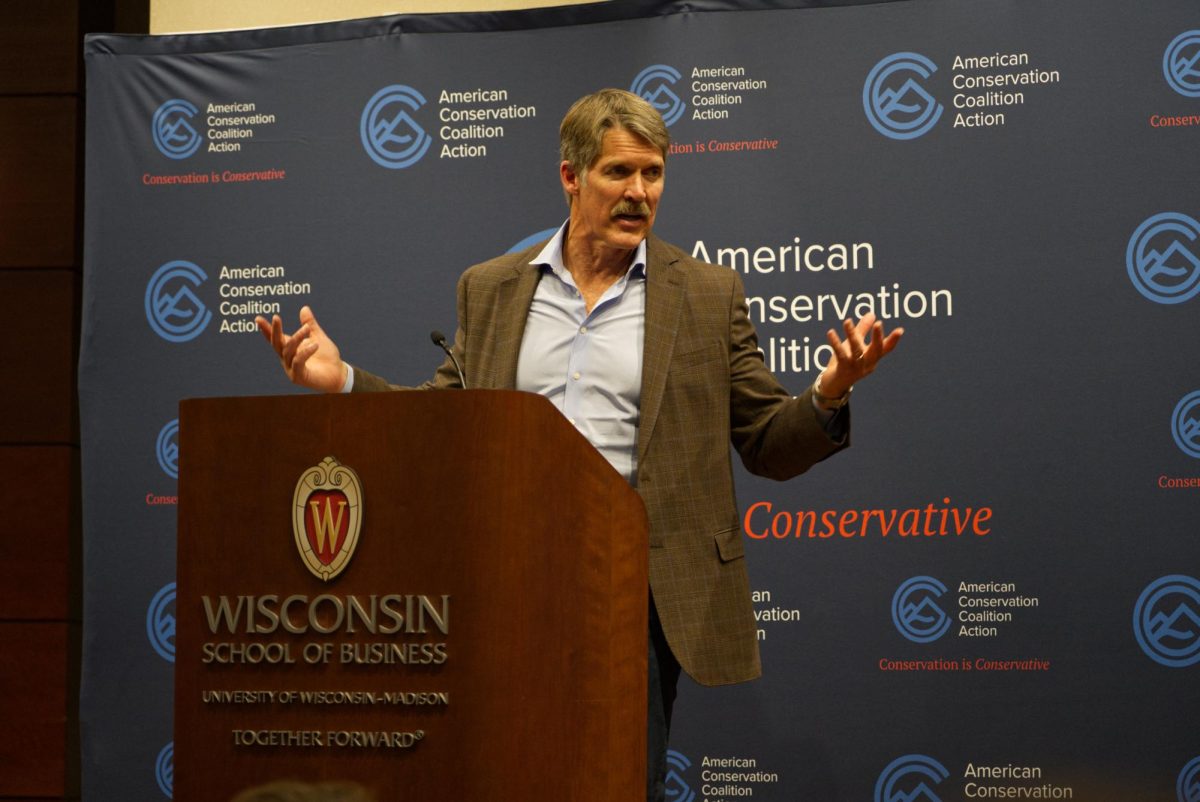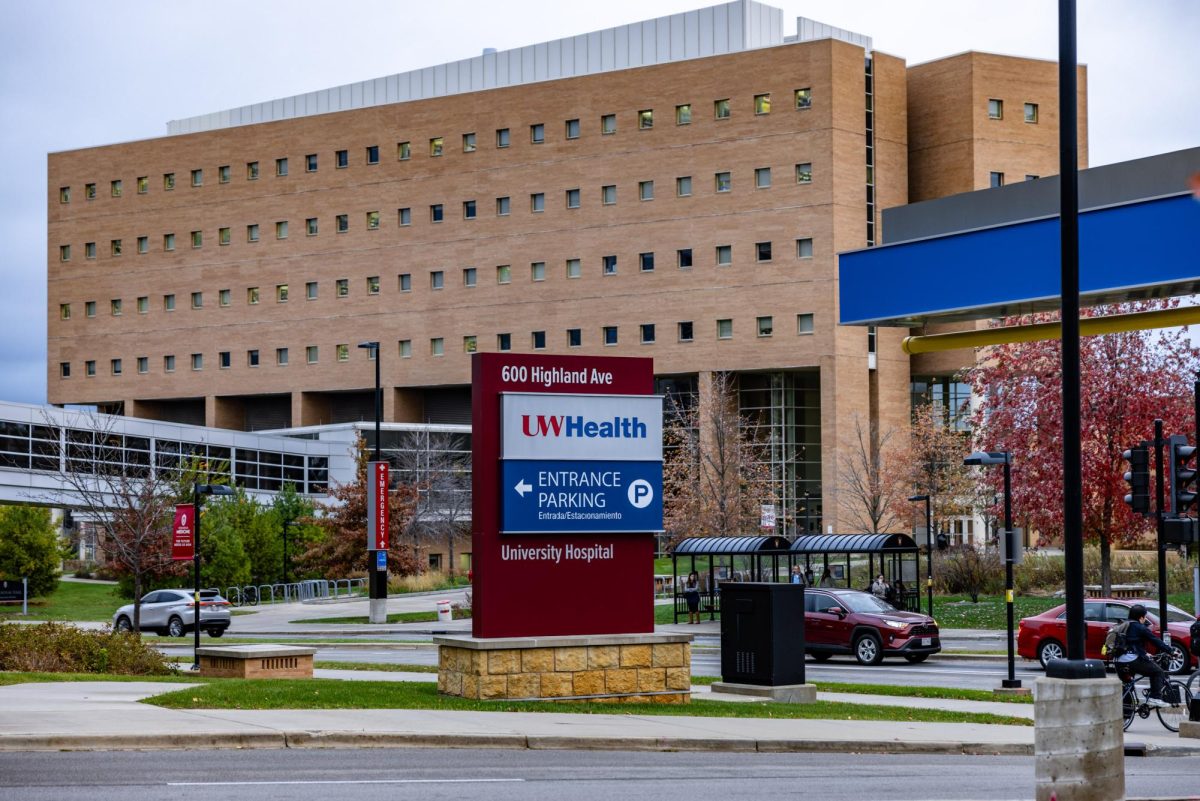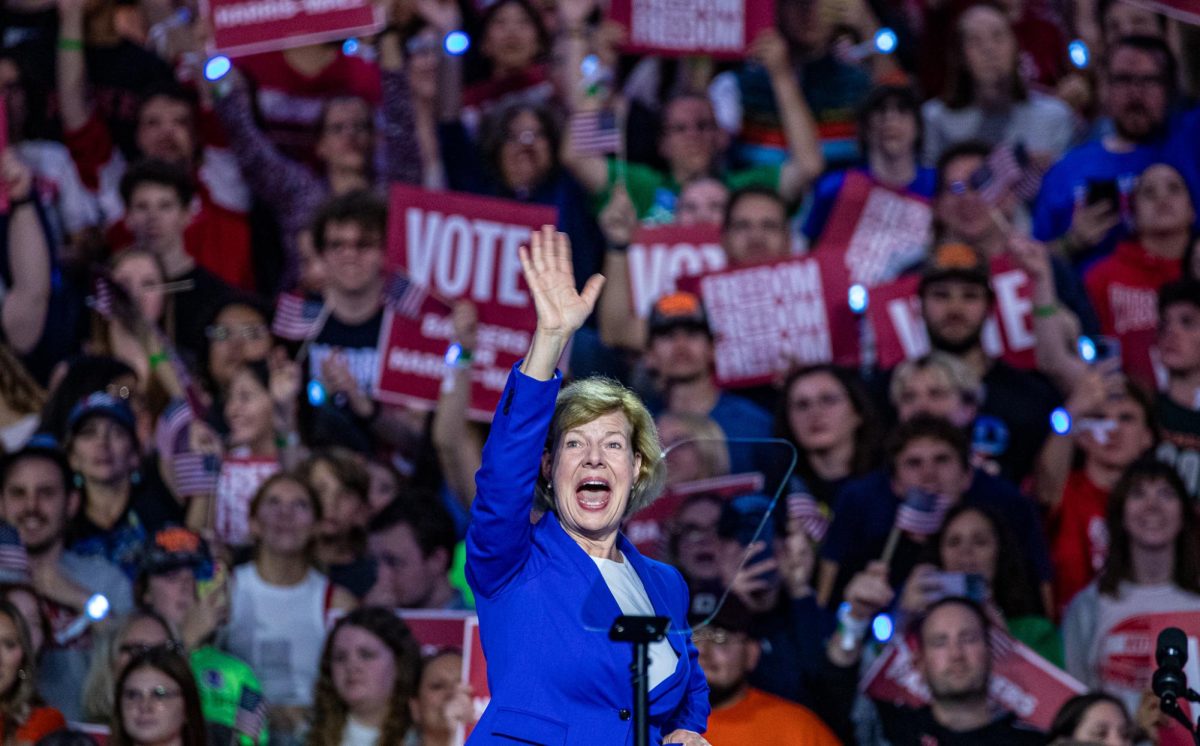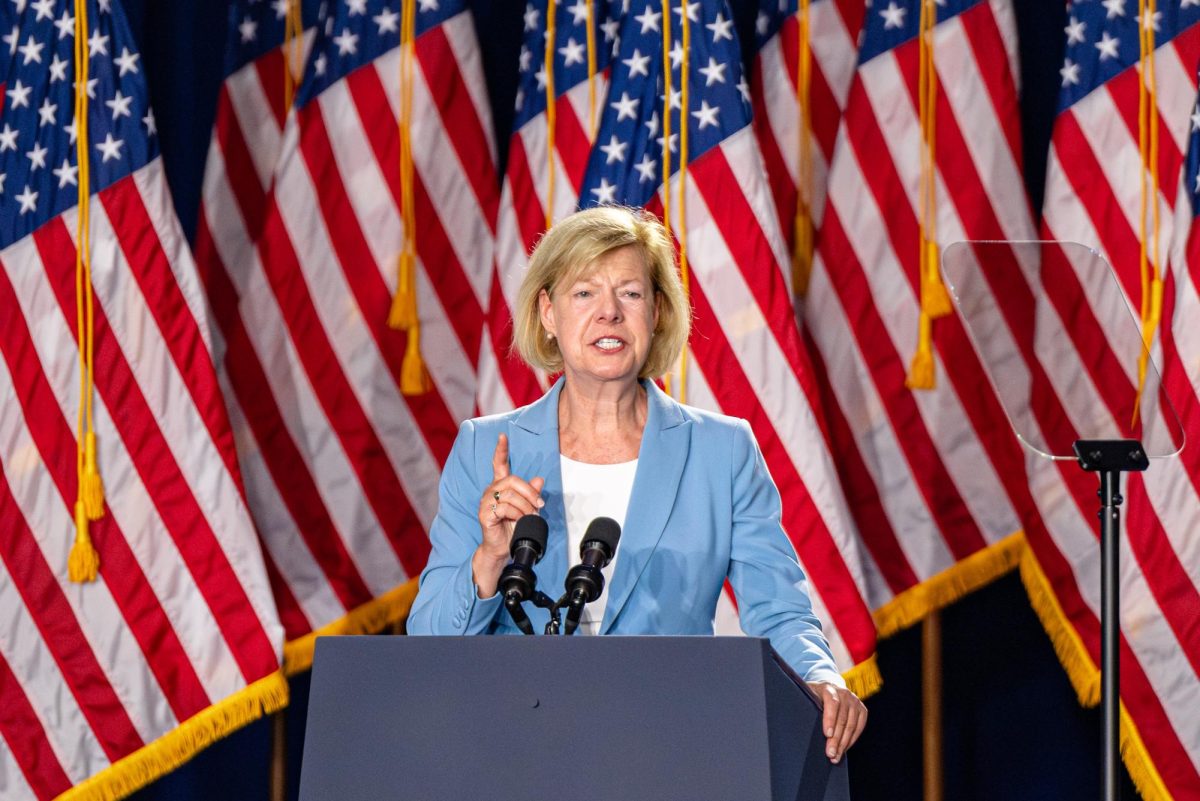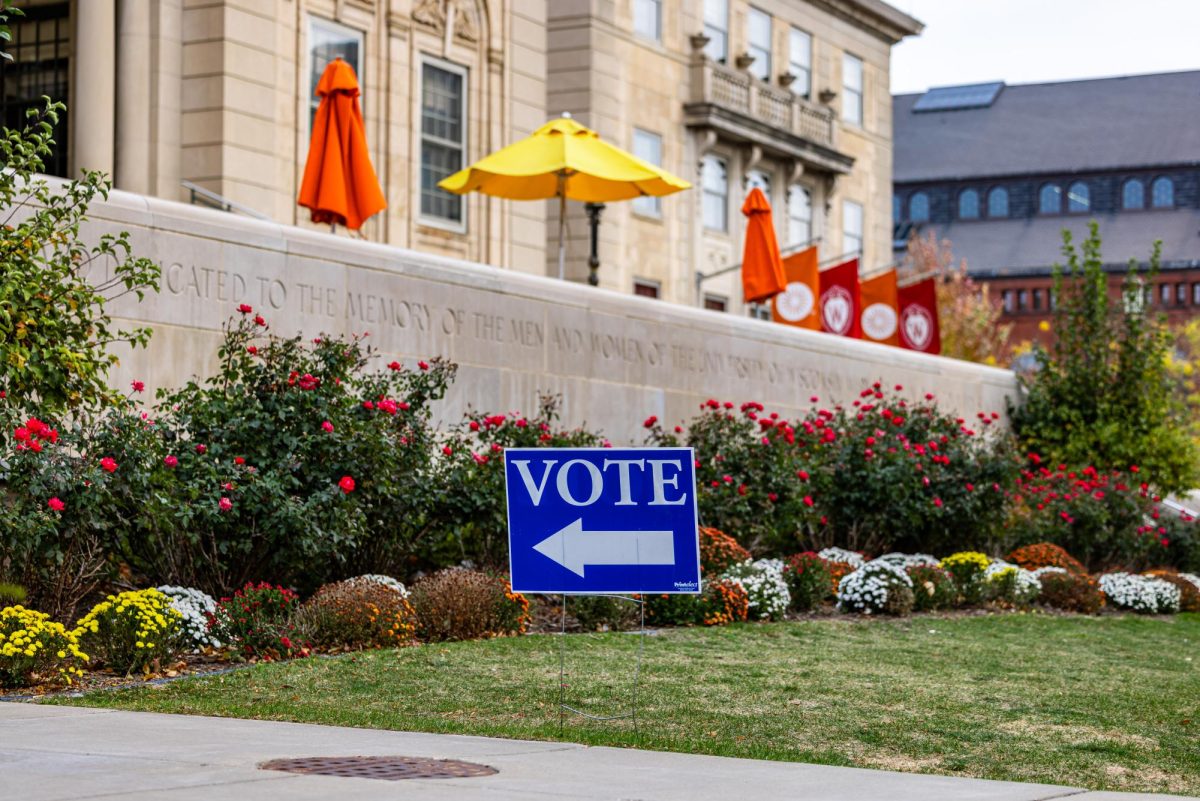In a state known for its drinking culture, two Wisconsin legislators hope to curb drunken driving rates by proposing bills to create stricter punishments for offenders.
With 238 deaths and nearly 4,000 injuries in 2009 as a result of impaired driving and alcohol-related accidents accounting for 45 percent of all fatal traffic accidents, Sen. Alberta Darling, R-River Hills, and Rep. Jim Ott, R-Mequon, see harsher punishments as a necessity to help deter the crime, but not the only solution.
“Two hundred a year is an awful lot of people, with thousands people injured,” Ott said. “I have no illusions, I know that deterrents will not completely stop drunk driving, but it can slow the pace.”
According to a 2009 nationwide study by the U.S. Department of Health and Human Services, Wisconsin has the highest rate of drunken driving in the nation, with more than 26 percent of Wisconsin adults admitting they have driven drunk in the last year.
The bills proposed by Darling and Ott would create new sentencing minimums for those who cause death or bodily harm while driving drunk, seize vehicles from repeat offenders, make the third operating while intoxicated offense a felony and require a court appearance for a first offense.
The bills would also change Wisconsin’s status as the only state in the nation that does not classify a first OWI as a misdemeanor.
Nina Emerson, director of the Wisconsin Alcohol Policy Project at the University of Wisconsin Law School, said it is frustrating Wisconsin is the only state without this classification.
“When is Wisconsin going to be serious about this?” Emerson said.
While legislators are eager to see fewer drunk driving offenses, some Democrats are concerned the bills introduced by Ott and Darling are not based on empirical data demonstrating which regulations and measures actually curb the offense.
Rep. Gary Hebl, D-Sun Prairie, said he is more concerned with ensuring funding for programs Wisconsin already uses to curb drunk driving offenses because state prosecutors have limited amounts of funds to deal with offenses.
“Prosecutors would not have the amount of funds they need to prosecute [OWI offenses if the bills pass],” Hebl said.
A 2007 report from the Wisconsin Joint Legislative Council found it costs the state $30,000 a year to incarcerate OWI offenders, with more than 60 percent of the growth between 2001 and 2006 in the Wisconsin incarceration rate coming as a result of such offenses.
“Locking people up costs a lot of money for the time they are off the roads, but what about after?” Emerson said. “If they do not get the treatment, there is no way this is going to stop.”
The report also said pre-incarceration programs, such as treatment and drug courts, in addition to other programs, lower the cost of corrections and result in reoffending rates either comparable to or less than those who are incarcerated.
Hebl added a reduction in state funding for mental health programs, which the bills do not address, can lead to substance abuse and consequently OWI incidents.
While Hebl and Emerson push for increased funding for treatment programs, Ott said his focus remains to increase penalties.
“Treatment and education might also be part of the solution, but as a legislator, I have to focus in on what I can change,” he said.









